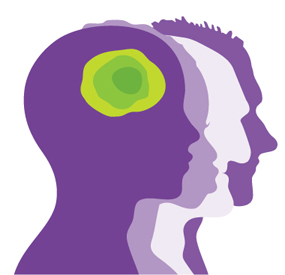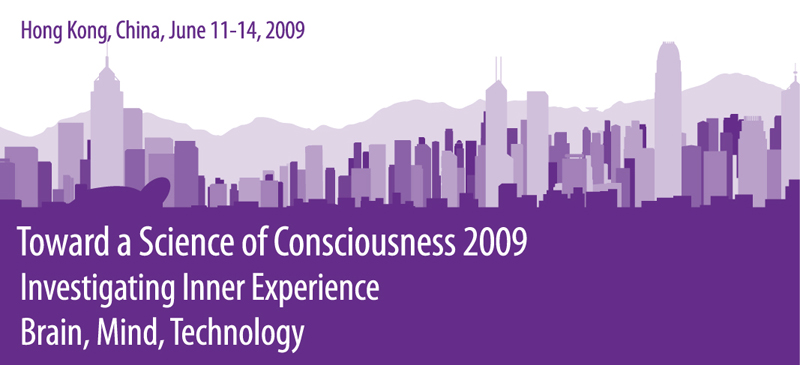|


|
Finding The Other You, The “Spacial” You
Greg Sipp
As there are complementary ways of knowing light; particle and wave, there are two basic ways of knowing one's self. Like a particle and a wave, these ways of knowing are complementary yet radically different from one another. Unfortunately, most of us only know ourselves from the "particle" point of view. In yoga we come to know ourselves from the "bottom up" as opposed to the despotism of top down experience of self. The Buddhists call it "emptiness", that which is prior to the brain's creation of perception. Within this emptiness is a sense of self the makes no sense to what Michael Gazzeniga refers to as the "left brained interpreter", the linear experience of self, the on going story we tell ourselves about ourselves. It is the paradigm we believe to be true in an unexamined perspective.The Buddhists had a name for the left brained interpreter. They referred to it as a chattering monkey.
Modern neuroscience is giving us an ever clearer picture of how the brain constructs its reality through pulsating fields of neurons interacting and feeding back on to themselves to create this illusion of self and the perception that goes with it. In yoga, by placing attention on attention, we become increasingly aware of how attention feeds back onto itself. This allows us, at times, to become the "observer" rather than the "doer". Ours is a vibratory world from the quantum foam to the countless pulsations within our bodies. In this workshop we will explore the yogic techniques using some of the meta- pulsations within our own bodies that have been used for thousands of years to bring attention prior to mind. We will look at this from both an objective neurophysical perspective as well as an experiential one. In this workshop we will explore;
• The "other two brains", the brain in the gut (entericnervous system) and the brain that is the heart.
• Listening verses hearing in perception
• The role of the vagus nerve in balancing the Autonomic Nervous System
• The breath as standing wave
• The "single eyed" point of view verses the "two eyed" point of view
About Greg Sipp
Greg Sipp has been practicing and studying hatha yoga, as well as various meditative and contemplative techniques for over twenty years. Simultaneously he has been looking at the third person neurophysical correlates involved in these approaches toward a first person understanding of consciousness. He teaches yoga in Santa Fe, NM and is a practitioner of Craniosacral Therapy. He has presented at the Cymatics Conference in Atlanta GA. as well as taught class on looking at Eastern Mysticism from a neurophysical perspective at the Santa Fe Community College.He has a B.F.A. from New York University.
|


